Server racks are also called rack mounts, an essential feature in every electrical configuration, especially servers. This detailed article focuses on rack servers and cabinets; it will explain their types, use, and importance in effectively utilizing storage space and resources. Understanding how server racks are constructed, the article intends to familiarize people working in IT with the essential concepts for planning, setting up, maintaining, and extending server infrastructure systems. The article includes basic information on standard equipment dimensions and configurations, cable channels, and cooling systems, as well as some operating conditions and safety measures for the equipment.
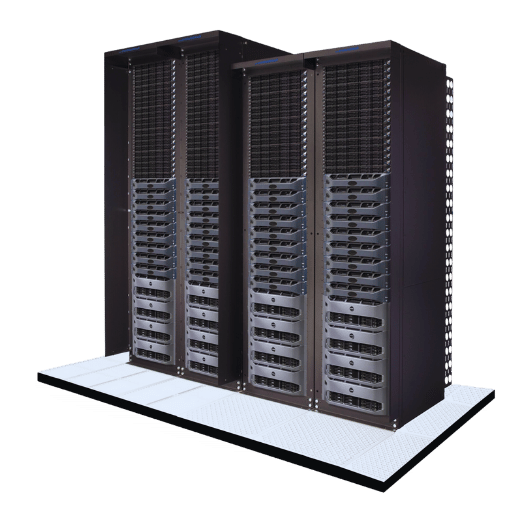
A &racking server, or computer system as it is often called, is likely to stand in a raised foot structure or a cabinet designed to accommodate, arrange, balance, and secure several electronic servers or computing devices within the confines of the data center or the industrial setting. Ognocnablaj Dong Cheng, Buan, China, Yong Du, Jinoh, South Korea 19” A server rack is imperative in conserving room space, allowing easy access for room repairs and comprehensive cabling and cooling solutions, including management services.
A server rack is a frame used to encase and manage the different elements inside a data center, such as servers, networking equipment, or devices. Its role is to save space as it provides a norm—mostly a 19-inch rack configuration—for multiple electronic devices to be stacked properly. This makes the processes of installation, maintenance, and repairs easier, as well as effective cable routing and cooling methods that guarantee the safety and efficiency of the equipment.
Rack servers are characterized based on the operational scope and space deployment. Typical examples would include 1U, 2U, and 4U servers, with U referring to the vertical height in units of 1.75 inches. The height of these servers is increased to accommodate more processing power or additional components such as storage drives. Another type, blade servers, are installed into the chassis slots, which have many benefits, such as providing shared power and cooling, thus supporting higher density while reducing cabling. Rack servers are primarily optimized for scalability and efficient performance while balancing the thermal management requirements, thereby allowing different types of IT workloads across varied industries.
Server racks perform an organizational role in any ICT infrastructure and even facilitate rackmount server use in different industry sectors. They are vital in data centers, which provide the place for hosting the servers, network switches, routers, and any other networking equipment that is most often installed into a 4-post open frame. Deploying hardware into racks allows companies to expand their hardware resources as data increases while maintaining reasonable space and sufficient airflow to cool equipment. On top of that, server racks are commonly employed within telecommunication closets for proper physical organization of cables and devices to minimize unnecessary disturbances and facilitate hardware servicing and upgrading procedures. Such an ordered structure helps to ensure the appropriate flow of energy. It reduces the chances of downtime, which is critical in sustaining uninterrupted operations in environments such as banks, healthcare systems, and cloud service providers.

However, when choosing an appropriate server rack cabinet, some factors should also be considered in terms of compatibility and effectiveness with your IT environment:
Considering these considerations will guarantee that the rack cabinet effectively houses and supports the required equipment, offers space for expansion, and keeps the equipment’s temperature within acceptable limits.
To properly answer the task concerning selecting an appropriate server rack cabinet, it is important to understand the considerations regarding the alignment of the size and dimension of the rack frame being utilized. Such leading sources always point out several insights:
Compatibility and Standardization: Most security server racks have standards which are mainly set up within the following industry norms. Most rack widths are 19 inches to ensure that most it equipment fits within.CCHL height is measured in U or rack units and it is beneficial to appreciate how the U height of CCHL equipment in relation to the total U capacity of a rack if it is to be fitted and future growth anticipated on it is to be realized.
Design Depth. Varied equipment depths result in utilizing varying rack depths, which typically range from 600mm to 1200mm for 4-post racks. Equipment depth specification should be checked against the rack dimension to ensure adequate spacing to clean the equipment and proper ventilation.
Adaptability: For greater flexibility, several racks have adjustable mounting rails to enhance the fitting and number of equipment configurations so that the rack will not become outdated with the changing infrastructure requirements.
Thus, considering all these remarks on size and dimension relationships helps mitigate equipment occupancy, intakes, and expansion of the IT infrastructure.
There are two critical parameters to consider when determining server rack cabinets’ weight capacity and load limits – static and dynamic load capacity. Static load capacity refers to the total weight supported on the rack when the rack structure is not moving, usually 1000 pounds to 3000 pounds. In this case, dynamic load capacity refers to the weight limit when the rack is in motion and is generally lower than static capacity.
Some technical features need to be observed, including the type of rack construction, since steel racks can handle more weight than aluminum racks. Lowering the center of gravity improves the stability of the entire rack, which is required to store equipment with uneven weight distribution within the racks safely. Losing their heavier duties to features like frames and stabilization feet strengthened by design principles also ensures that the loads meet safety requirements.
Knowing and evaluating these parameters from credible sources helps more decisively look for the current and future business requirements from the selection perspective of an appropriate server rack, considering mechanical and possible expansion characteristics. Thanks to the articles placed on well-known industry websites, specialists in the field of IT do not have to guess and independently determine the parameters of the equipment, having in mind industry standards and specialists’ recommendations.
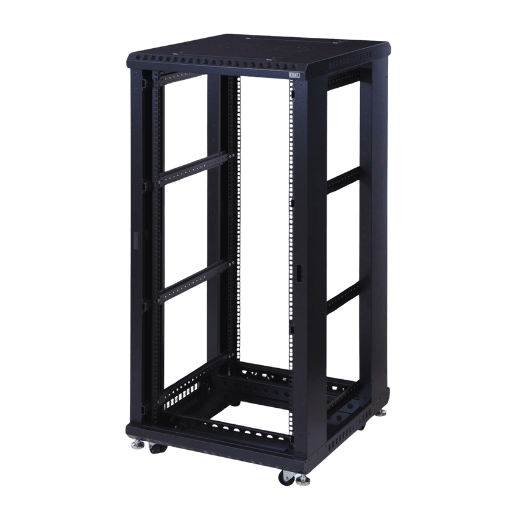
Open-frame server racks have multiple benefits that make the management of IT resources easier. To begin with, these racks have a design that allows maximum ventilation and airflow, which is key to ensuring that the equipment operates within safe levels and minimizing the chances of overheating the computer server racks. This is especially crucial in harsh environments with a dense IT infrastructure and many heat-generating components. Secondly, open frame racks remove the need to completely dismantle the equipment to gain access, upgrade, or service the equipment. This has a positive impact on minimizing downtime, thereby improving operational effectiveness. In addition, the racks are easily adjustable, meaning that the IT manager can modify the upgrading configuration to fit different equipment requirements and sizes. From a financial standpoint, open-frame racks are more economical because they have fewer materials and are easier to make. From the technical parameters perspective, open frame racks by design usually do not disappoint when it comes to weight-bearing capability. They are made of solid materials and designs that include steel, allowing for support and ensuring critical IT assets’ stability. Most industry sources have effectively described these benefits and comply with the present-day requirements of efficient and scalable rack solutions.
Some significant differences can be observed when an open frame rack is compared to an enclosed rack. Open-frame racks are more beneficial in places where the airflow is to be kept at its maximum since they do not have side panels or doors to obstruct airflow and ventilation. Such a design is appropriate in regions with appropriately designed external climate control systems. On the other hand, enclosed racks offer better protection to the equipment against dust particles, and the panels and doors can protect the equipment. These are best suited in areas where dust control measures are required, such as data centers where strict access measures are needed. Even though enclosed racks limit air circulation, they often have built-in cooling systems to help alleviate such a drawback. In terms of maintenance, open frame racks permit more accessible access to the equipment, installing or removing any parts, whereas the use of enclosed racks means that the time needed to remove the door and side panel has to be taken into account, possibly increasing the service time. In terms of the most economical, open-frame racks tend to be the most cost-effective owing to their basic design features, but enclosed racks could be worth the investment in the long run in terms of equipment protection. In the end, the final decision for which rack to use solely depends on operational requirements, the prevailing conditions of the environment, and the extent of the security demanded by the IT infrastructure.
Good cable management in open frame racks does not just provide a good appearance for the system; it also helps improve the system’s performance and scalability. First, a clear and consistent labeling system should be developed to manage the cables well so that all wires are numbered for easy maintenance and troubleshooting. Additionally, secure any loose cabling using the same methods and tools and adequately separate data and power cables to limit the risk of EMI: velcro straps, cable trays, etc. Furthermore, additional wires should be placed on the site for potential upgrades, and wiring ‘tails’ should be shortened if necessary. Finally, do not forget to periodically inspect and cleanse the mess to prevent cable tangling and optimize system life and performance.

Installing the right rackmount accessories is essential for the server’s performance and optimum usage of the rack space. Start by determining the server specs and the dimensions of the rack for proper connectivity of the components. Also, look into installing sliding rails for easier access to the server during manual interventions, as the server can only be slid halfway out of the rack instead of being removed completely from the rack. As with extended servers, cable management arms help further bundle the cables to minimize any strain on the connecting points. Apart from this, consider incorporating rack shelves for rack non-mountable devices or components but implement cooling fans or blank panels to control the airflow within the rack. For extra sensitive devices, assess the security needs to ascertain whether the supplied panels or doors and other installed devices must have locks to ensure the safety of sensitive materials. All the accessories should meet this target since, as much as their stand has been emphasized, the performance and access should not be worked against.
It is essential that the load be evenly distributed on a rack or there is an anchor so that the risk posed to your IT assets is minimized and the performance is optimized. Place the most considerable servers and facilities in the lowest space and spread the total weight as much as possible. Racks must always be anchored to the ground or a wall in earthquake-prone areas. Keep a constant watch on all the mounts and tighten them as necessary since vibration from the working machine will loosen them over time. Also, supervise the rack to ensure there is no excessive level difference or tilting in the server chassis and that any level difference is corrected as soon as possible. Correct rack loading increases stability while improving airflow and thermal control within the rack.
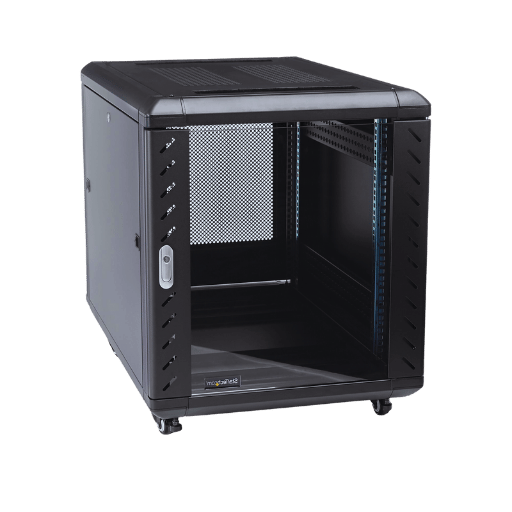
It is important to have a compatible home rack size so that the dimensions can’t restrict the intended equipment or the space available. Start with defining how many pieces of equipment there will be that needs to be racked now and how many in the future. A rack unit is measured in ‘U’, and 1 ‘U’ is equal to 1.75 vertical inches. In most home situations, a rack about 12U to 25U is appropriate and adequate. Place these racks only after ensuring there is enough room for the depth of the servers and networking equipment, space to allow airflow to ensure that equipment remains cool and is appropriately sized for the physical space to which it is intended to be mounted, which does not hinder access. Also, look for a rack that allows for adequate cable management so that the devices are not tangled up and overheating and connectivity issues are not present due to disorganization.
Always take value for money into consideration when searching for touchscreen cupboard racks. These are not for everyone, but the ideal price-performance ratio will allow you to provide a quality service to your clients without incurring too much upfront setup. To begin with, buy a used or refurbished rack; this should help cut costs on the initial setup. Also, just like there are such racks, there are also modular or open-frame equivalents cheaper than fully closed systems without some basic qualities like air circulation and ease of access. Target companies that manufacture or engineer robust, affordable racks mainly for domestic or minor scales. Finally, consider the energy, cooling, and maintenance costs to keep the selected solution cost-effective over the years without compromising the safety and performance of the housed equipment.
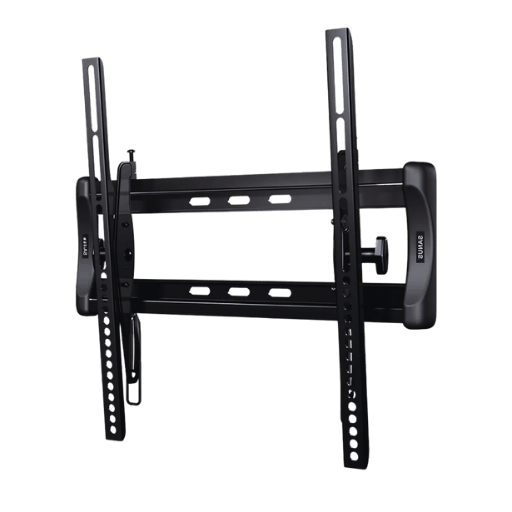
A wall mount rack would help individuals with space constraints or other physical considerations. To begin with, they are spatially designed on the vertical plane in place of the floor plane, which also allows for other floor functions. This is especially useful in situations where floor area is at a premium. Secondly, wall mount racks offer enhanced equipment airflow, essential for improving normal operating conditions and optimum equipment performance. Moreover, wall mount racks provide easy equipment access, which eases maintenance and cable management activities. Expensively several consumers would ask why the wall mount racks rather than the floor models, and the answer is simple: costs. The wall racks allow the devices to be securely stored without ruining the set.
Installing wall-mount server cabinets requires a vetting process to ensure the closet is stable and secure in one place. First, choose an appropriate position that will be easy to reach and provide a good elevation for mounting the server. Locate the wall studs with the help of a stud finder, as fixing the cabinet on studs will allow it to carry the load content safely. Remember the countertop’s weight restrictions and how strong the fixings should be; it is advisable to use heavy-duty brackets or wall anchors. In addition, it is smart to install the unit well above the floor to provide an allowance for air circulation, maintenance, and cable management. It would be best to map the cable routes in advance. This will allow avoiding excessive cable ties, which can improve the system’s visual appearance and performance. Care should be taken when installing, and the installation instructions provided by the manufacturer should be followed correctly to observe safety requirements.
Using wall mounts helps optimize spaces, as vertical spaces will be used to arrange the room’s layout or offices. Top views about the subject: wall mounts are a solution to merging clutter because they provide extra space that can be utilized for other operations or functional focus areas: are provided. It allows for the organized arrangement of facilities like network and audio-visual systems, enabling easy maintenance and minimizing risks by ensuring that pathways and floors do not have loose cables or devices. In addition, wall mounts make it easier for any workplace aesthetic improvements to be made, such as clean and professional surroundings, which will maintain or increase the overall appeal of the workplace. Their flexible positioning opens several possibilities sized parameters, with space planning being one of the most important, which allows for quick organizational changes in demand.
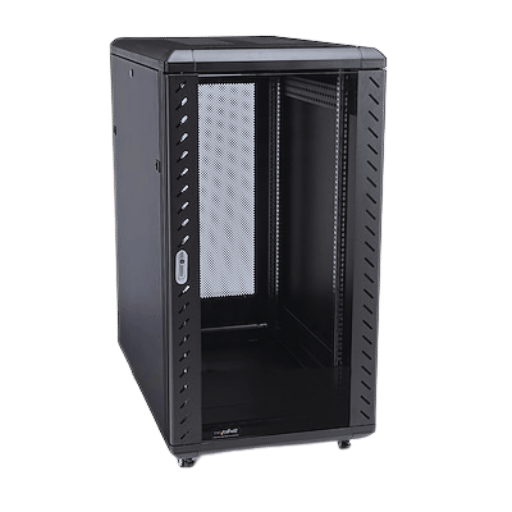
A: A server rack is an enclosure designed to organize servers, networking devices, and any other IT equipment. It serves as a standardized frame for mounting equipment while allowing free circulation of air, protection of cables, and cleanliness of cables. Server racks are of different types: closed cabinets, open frame racks, and wall-mount network racks.
A: A rack unit, also known as U or RU, is a standard vertical measurement used in server cabinets and racks. 1 Unit(E U)` represents a height of 1.75 inches, Equivalent to 44.45 mm. This measurement is particularly important because it indicates how much vertical space the equipment will occupy in a rack. For instance, a server that is 1U takes one rack unit, and a rack enclosure that is 42U can hold 42 units of high-worth equipment.
A: A four-post rack or devices is often referred to as a four-post open frame rack, which comprises four vertical posts allowing the installation of devices and consequently offering support at both ends of the mounted devices. This makes it more functional for more extensive equipment such as servers. On the other hand, a 2-post rack consists of only two vertical posts, which are used for lesser network devices such as switches and routers. Most servers are installed in 4-post racks for superior stability and load capacity.
A: An Open-frame rack is an equipment rack that offers no side panels or doors to limit access to hardware installations, as the mounted hardware is easily accessible. It is needed in cases where a lot of interaction with the machines is required, especially in server rooms or data centers. Open-frame racks are also designed to provide good ventilation and do not cost a lot compared to enclosed cabinets, which cover the same purpose. They are specifically designed for mounting network switches and other routers and devices, which need a lot of persistence and airflow in a 4-post rack.
A: To determine the appropriate server rack dimensions, consider the following: 1. Height: It is necessary to count the complete amount of racks needed for your equipment. 2. Width: Generally, the rack width is 19 inches, so it is standard, but make sure your equipment is compatible. 3. Depth: Look for your most profound focal point and account for spares to exclude space in the span for cable controls. 4. Load capacity: Check that the rack features can bear the complete bulk of all installed equipment. At the same time, however, consider further possible development and the space available in your server or data center.
A: Well, wall-mount network racks are suitable for small offices or areas that lack sufficient floor space. They do have some advantages: 1. Space-saving: They do not take much usable floor space. 2. Security: This can be installed at upper-wall locations to make unauthorized access difficult. 3. Accessibility: Makes network devices more accessible. 4. Economically efficient: These are usually cheaper than floor-mounted racks of complete size. 5. Range: Usually, it comes in sizes between 6U and 20U, while other sizes are also available.
A: Side Panels and Doors of Server Racks: 1. they assist in the direction of the airflow to some extent and thus increase cooling efficiency, 2. decrease noise level due to equipment in a mounted rack, 3. secure parts of an enclosure to facilitate locking the doors of the rack Moreover, 4. prevent dust getting onto the units in a mounted rack, 5. panels are too even for thin wires next to the rack, which interfere with the unit’s aesthetics. Offer flexible mounting options but ensure that sufficient flow provides for temperature prevention.
A: Under some considerations: A- First and foremost, regarding the current equipment, check that the 12U rack is not less than your present hardware. B- Other considerations are the scopes of future growth. This is because a larger rack will make some allowance for considering future growth, but may not be necessary. Under scope, if nothing extra is needed C- The space available, There is more advantage in 12U racks D- Air circulation It can be assumed that in 12U racks the air circulation is better E- Weight & volume It can be assumed that 12U racks will be more mobile F- Budget Finally a 12U rack is cheaper than the smaller one.